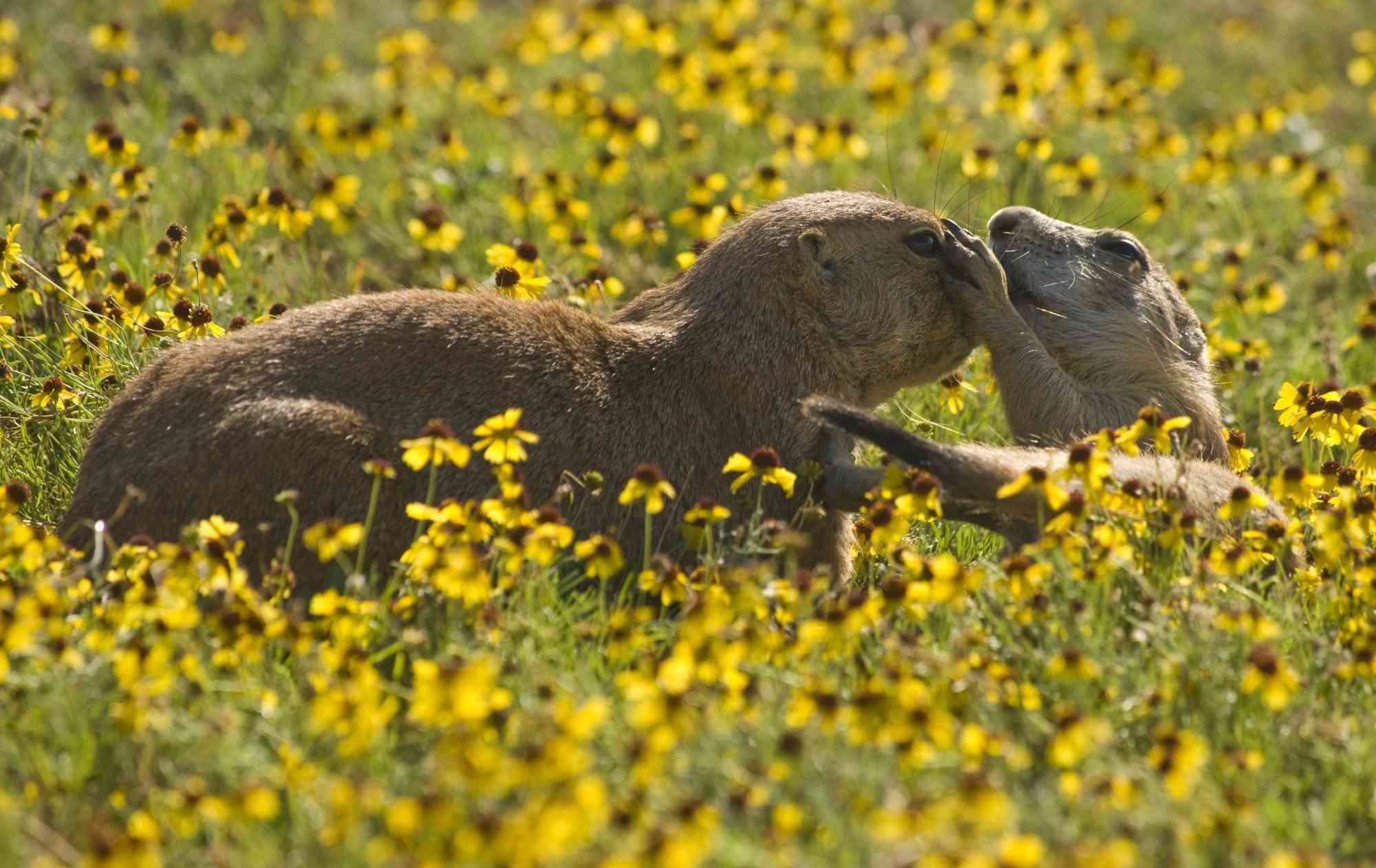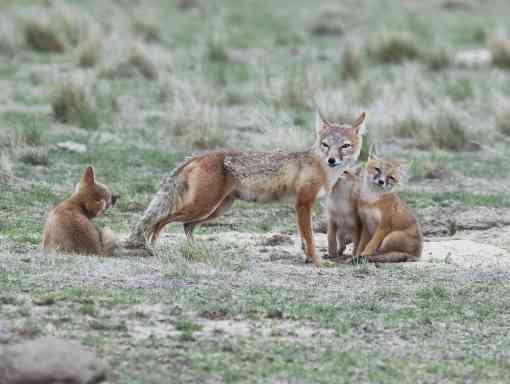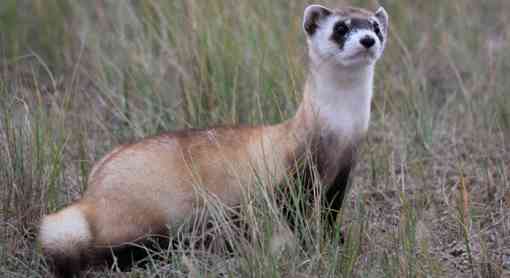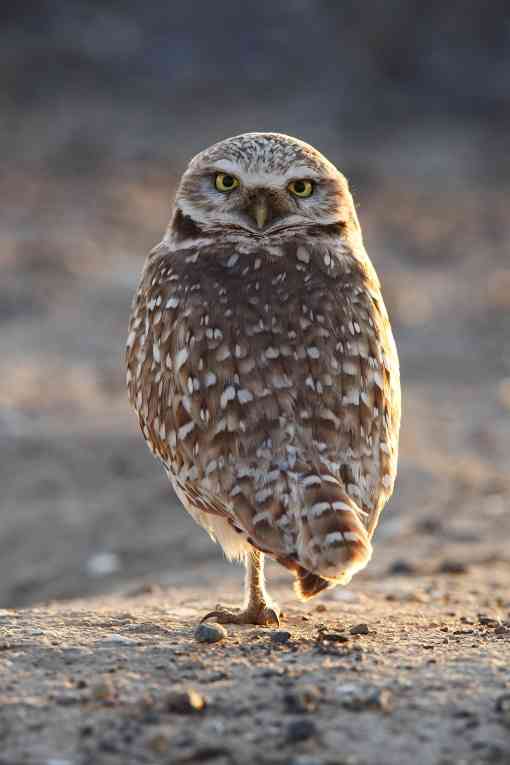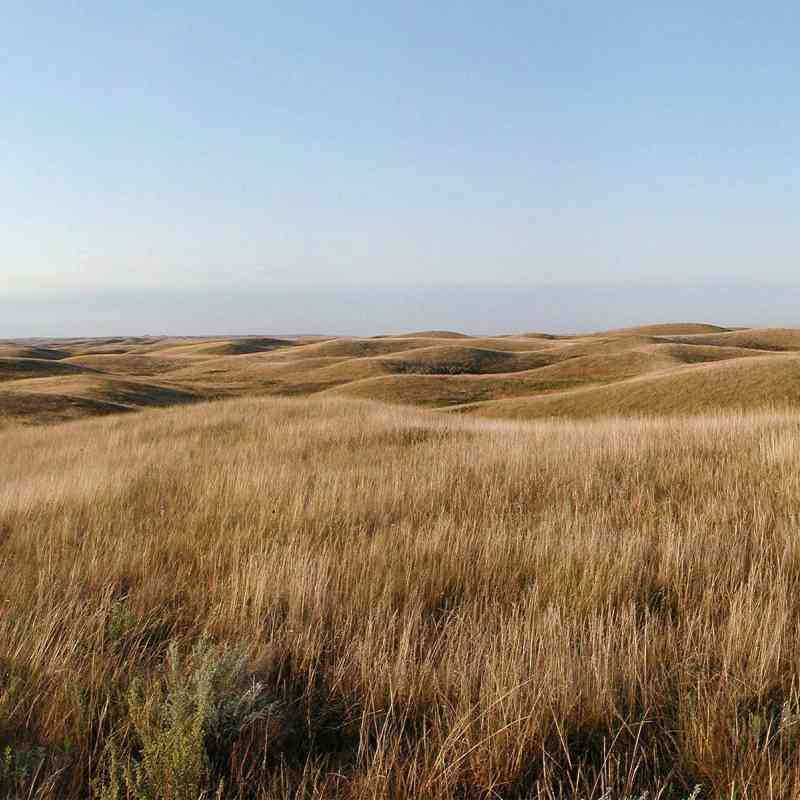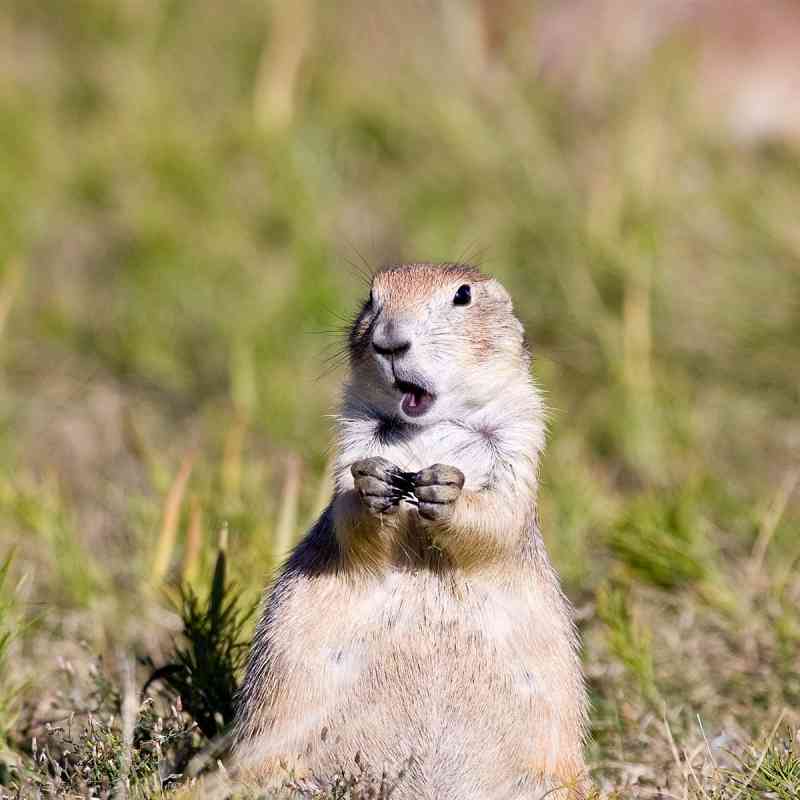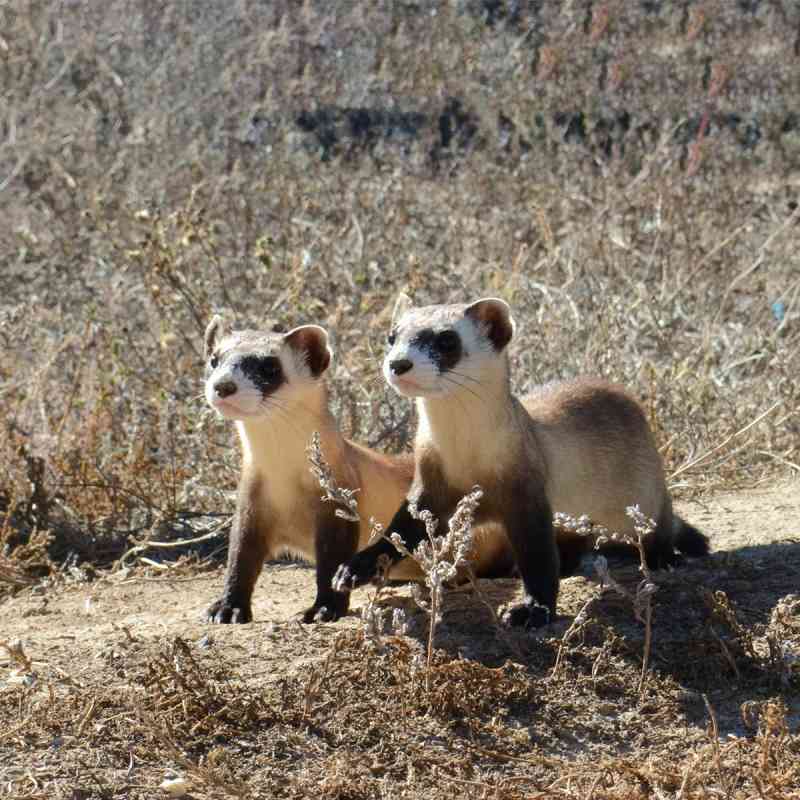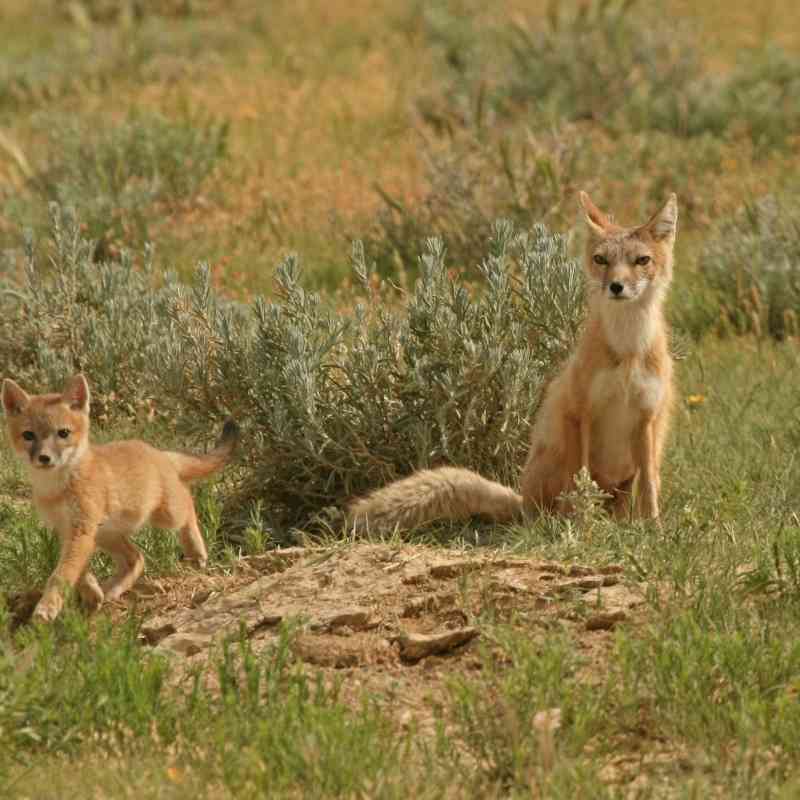Prairie Dogs Deserve Better on the Thunder Basin Grassland
The U.S. Forest Service is planning to eliminate protections for black-tailed prairie dogs on the Thunder Basin National Grassland in Wyoming. The proposal calls for amending the Grassland’s management plan to open more areas up to prairie dog poisoning and shooting — a move that will kill a lot of prairie dogs and also harm species that depend on prairie dogs and the habitat these burrowing animals create.
The stakes are high because prairie dogs are so important for maintaining healthy grasslands in the Great Plains. Since the late 1800s, black-tailed prairie dogs have lost over 95% of the habitat they once occupied. Prairie dog poisoning contributed significantly to this downward spiral, which compounded into the decline of prairie dog-dependent species, including mountain plovers, burrowing owls, swift foxes, and others. Mountain plovers prefer nesting among the short grasses found on prairie dog colonies. Burrowing owls nest within prairie dog burrows and often surround burrow entrances with bison or cattle dung to attract insect prey. The small swift fox, about the size of a housecat, can escape larger coyotes by running down burrows, and uses burrows for denning. Over 100 native vertebrate species and a host of invertebrates benefit from prairie dogs and their colonies.
Black-footed ferrets live only in prairie dog colonies and require large prairie dog colonies to survive. This ferret is protected under the U.S. Endangered Species Act and is one of the most endangered species in North America, with only about 350 ferrets remaining in the wild. Just a few decades ago, black-footed ferrets were thought to be completely extinct in the wild. Their survival continues to hinge on a U.S. Fish and Wildlife Service program that breeds ferrets in captivity and reintroduces them into large complexes of prairie dog colonies. While there are no black-footed ferrets on Thunder Basin National Grassland now, the U.S. Fish and Wildlife Service has said Thunder Basin “may well be the best existing site across the species’ range in 12 western states, Mexico, and Canada that could significantly contribute to [the ferret’s] recovery at the present time.”[1] Sadly, the Forest Service’s plan to do away with areas specifically protected as future homes for black-footed ferrets will most likely result in ferrets never returning to Thunder Basin and seriously hinder the recovery of the species.
Livestock ranchers, county commissioners, and the Wyoming state government as well as Wyoming Congresswoman Liz Cheney have pressured the Forest Service to take this action. Ranchers, some who graze their livestock on and near the federal Grassland, tend to dislike prairie dogs because the animals eat grass ranchers believe should go to feed their cattle.
While we recognize their concerns, Thunder Basin National Grassland is public land that belongs to all Americans. The Forest Service has a legal mandate to protect the wildlife that uses the lands it manages and help recover threatened and endangered species. The public strongly supports this role our federal lands play in conserving our shared wildlife heritage, no matter if the Forest Service, Fish and Wildlife Service, Bureau of Land Management, or Park Service is in charge of managing the land.
Defenders and partners worked diligently for years on a collaborative process among groups, including local livestock ranchers, to resolve conflicts over prairie dogs on Thunder Basin and prevent exactly what the Forest Service is proposing now. For example, with our conservation partners at World Wildlife Fund and the Prairie Dog Coalition of the HSUS, we relocated hundreds of prairie dogs from conflict areas next to private land to protected areas to prevent poisoning and allow expansion of colonies where they are beneficial to wildlife.
But now, the Forest Service is ignoring all of this past work and previous compromises and instead catering to a special interest — private ranchers who graze these public lands — at the expense of wildlife. This undercuts the collaborative process and fails to carry out measures in its current management plan that would have reduced conflicts.
Now we believe we have no choice but to fight the Forest Service’s prairie-dog killing proposal for Thunder Basin National Grassland. We’re asking you to help us in this fight. The Forest Service would like public comment on their proposed management plan amendment by May 20. Please let the agency know that you do not support the amendment that would allow more prairie dog poisoning and shooting on the Grassland.
Thank you for taking the time to help us save prairie dogs, black-footed ferrets, mountain plovers, burrowing owls, swift foxes, and hundreds of other species that benefit from the prairie dog ecosystem.
Author

Lauren McCain
comments
Wildlife & Wild Places

